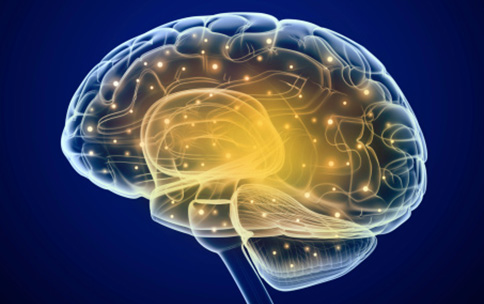
Researchers from the UDN have used DNA sequencing efforts combined with laboratory experimental efforts to determine the cause of a previously unknown neurological disorder characterized by delayed development, intellectual disability, abnormal facial development and reduced response to pain. UDN investigators used DNA sequencing to determine that three children with similar neurological and intellectual deficiencies had mutations at the same location in a single copy of a gene named EBF3, which was previously not associated with any known disease. While it is unlikely that three patients with similar symptoms would have the same gene mutated as a coincidence, UDN researchers sought to prove that this mutation was the cause of this rare disease. Using human cells in culture in the laboratory, they were able to show that the mutations in each of these patients disrupted the function of EBF3 as a regulator of gene expression. In addition, they took advantage of the fact that disrupting the fruit fly version of the EBF3 gene results in a neurological defect in the flies. The UDN researchers were able to show that this condition in flies could be reversed by adding back a normal copy of the human EBF3 gene, but not the mutant copy from these three patients. Taken together, this evidence strongly suggests that it is the mutation in EBF3 causing this neurological disorder. This study highlights the power of the UDN approach of pairing clinical and laboratory scientists in order to solve complex medical mysteries.
Reference
- A Syndromic Neurodevelopmental Disorder Caused by De Novo Variants in EBF3. Chao HT, Davids M, Burke E, Pappas JG, Rosenfeld JA, McCarty AJ, Davis T, Wolfe L, Toro C, Tifft C, Xia F, Stong N, Johnson TK, Warr CG; Undiagnosed Diseases Network, Yamamoto S, Adams DR, Markello TC, Gahl WA, Bellen HJ, Wangler MF, Malicdan MC. Am J Hum Genet. 2016 Dec 21.


